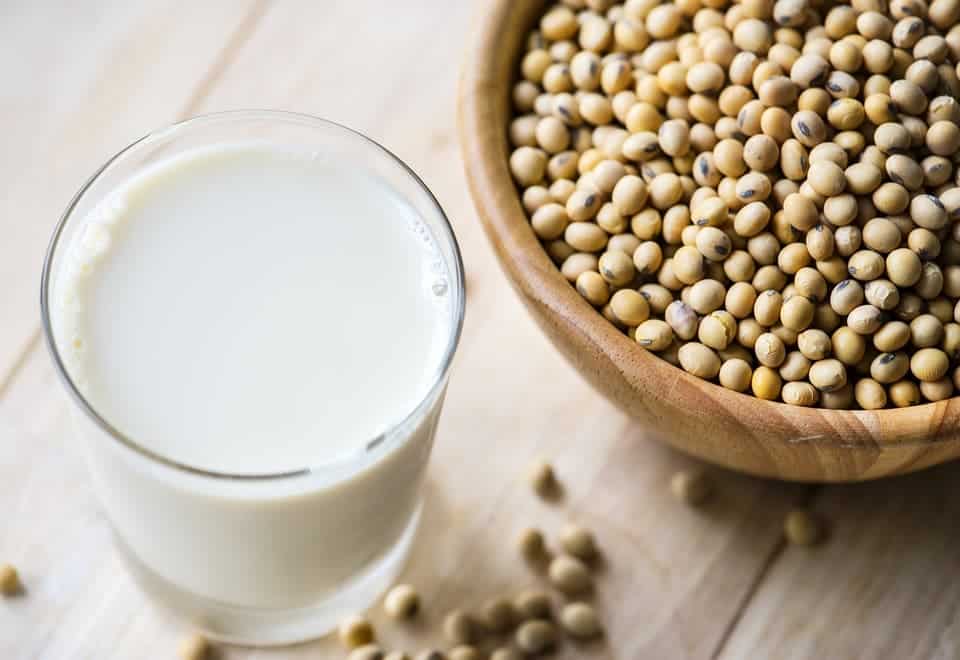
Soybeans have proven beneficial in a number of ways. According to the American Heart Association (AHA), the most recently identified upside is preventing marijuana-induced blood vessel damage. According to recent tests, a compound found in the legume has been shown to block damage to the lining of blood vessels in the heart and circulatory system. This may one day provide a way to prevent negative cardiovascular issues from marijuana use, especially as medical use for the drug increases.
Cardiovascular side effects, including changes in heart rate and blood pressure, have also been discovered when people take FDA-approved medications containing a synthetic version of delta-9-tetrahydrocannabinol (THC)—the main hallucinogenic compound in marijuana.
“These medications are prescribed to reduce the nausea and vomiting induced by chemotherapy and to increase appetite in certain people with acquired immune deficiency syndrome,” said Tzu-Tan “Thomas” Wei, the study’s lead author and assistant professor of pharmacology in the College of Medicine at National Taiwan University in Taipei City. “The goal of our studies is to investigate the mechanisms of marijuana-induced damage and discover new drugs to prevent those side effects.”
In the AHA research, scientists used endothelial cells — cells that line the interior surface of blood vessels and lymphatic vessels — derived from five healthy adults. When they exposed the cells from the individuals to THC they found that the exposure to the chemical compound induced inflammation and oxidative stress. These two issues have been found to affect the linings of blood vessels and have been associated with the advancement of heart disease.
The effects of THC occur after it binds to one of two cannabinoid receptors (CB1 and CB2) that are found throughout the brain and body and are also acted on by naturally occurring cannabinoids. When treated with JW-1, an antioxidant compound found in soybeans, access was blocked to the CB1 receptor and the effects of THC exposure on endothelial cells were eliminated.
“(A)s an antioxidant, JW-1 may have neuroprotective effects,” said Weis. “Discovering a new way to protect blood vessels without psychiatric side effects would be clinically important with the rapid growth of cannabis use worldwide.”
The study has not yet been published in peer-reviewed publications.






